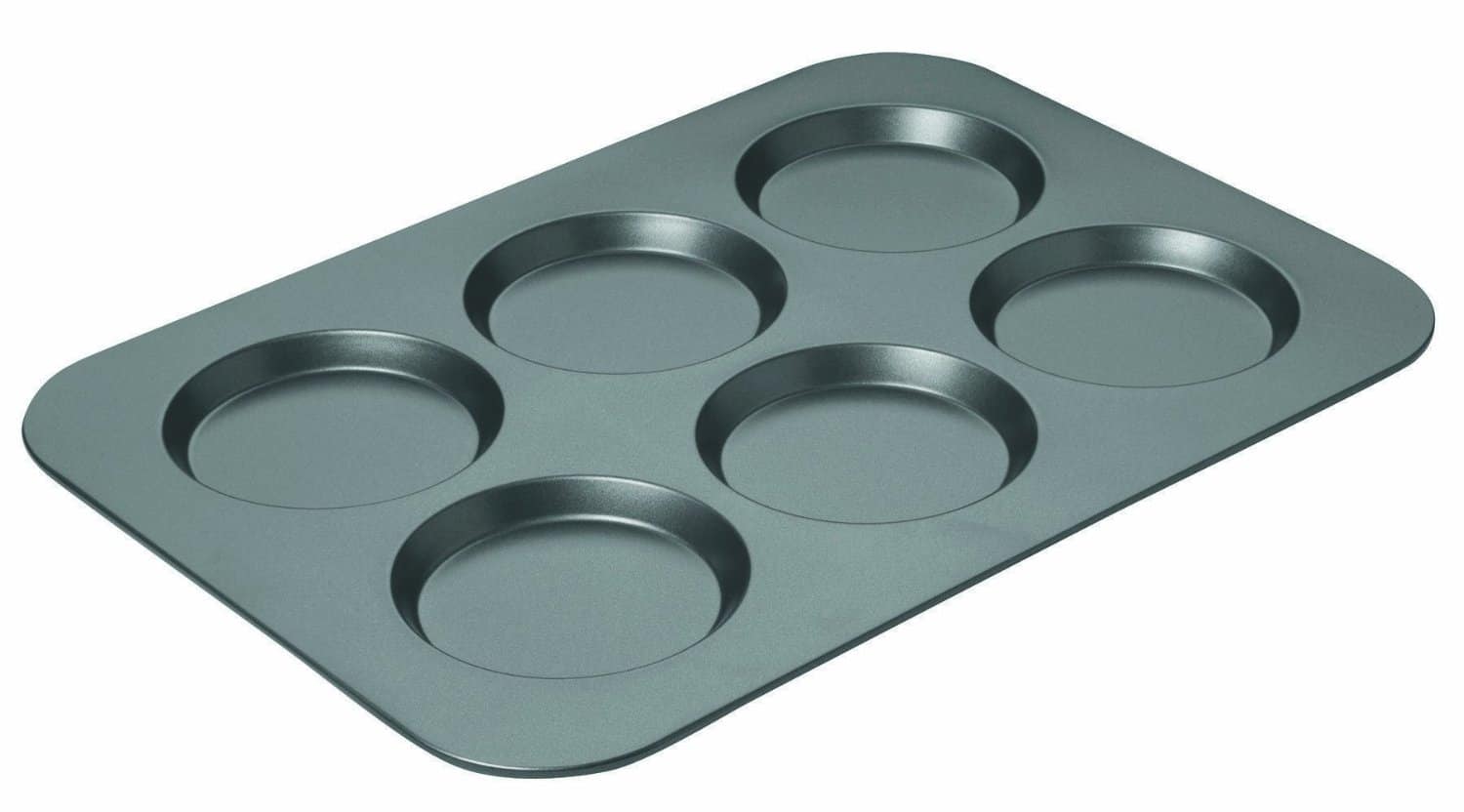

Those techniques are easier to create smooth blends with, but they have drawbacks too, however, that’s another article.Īnyway, layering can give a gritty look to something and help set a mood, a vibe.

There’s other miniature blending techniques out there that give easier to manage blends that look flawless, like wet blending, loaded brush, or feathering. The thing I like the most about the layering paint technique is the almost rough nature of the technique.
Perfect layers too mini how to#
Why I Like Advanced Layering for Blendingīefore I jump into showing you how to do the blended layering, I wanted to chat about why I like it. I realize that image is probably hard to see, but you get the idea.

Let me show you a picture that demonstrates what I’m talking about. You keep doing that with the same color over and over, always leaving a bit of the previous layer showing, until you’ve created a nice and smooth transition. You lay down a base coat and then use really thin paint to build a layer on top of that. Really, the paint is so thin, and you’re just looking to shift the color a little, that you’re effectively glazing. What makes this an advanced painting technique is you use really thinned out translucent paint instead of the usual thickness you’d normally use. It covers the basics in more depth than I’ll be covering here. If you’re new to painting then check out my tutorial on layering. You’re building up layers, but not completely hiding what came before. 5.1) Miniature Painting Techniques & Guides What is Layering?įirst up, what is a layering paint technique? Are you familiar with laying paint? If not, it’s where you paint a brighter, or darker color on top of another while leaving some of the previous layer visible.


 0 kommentar(er)
0 kommentar(er)
